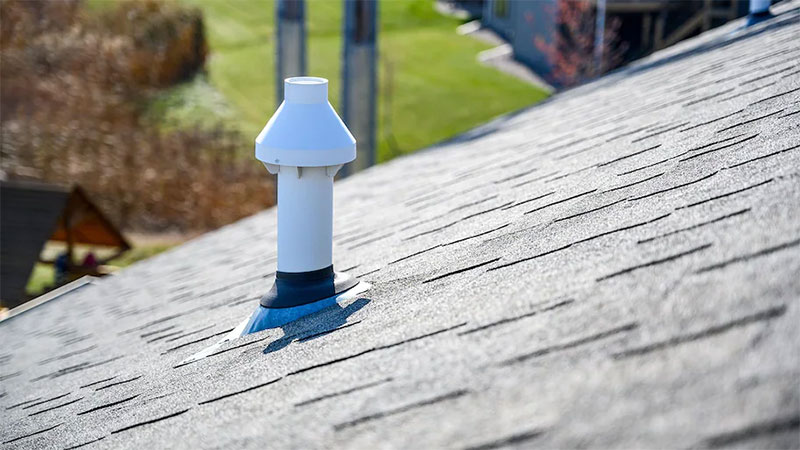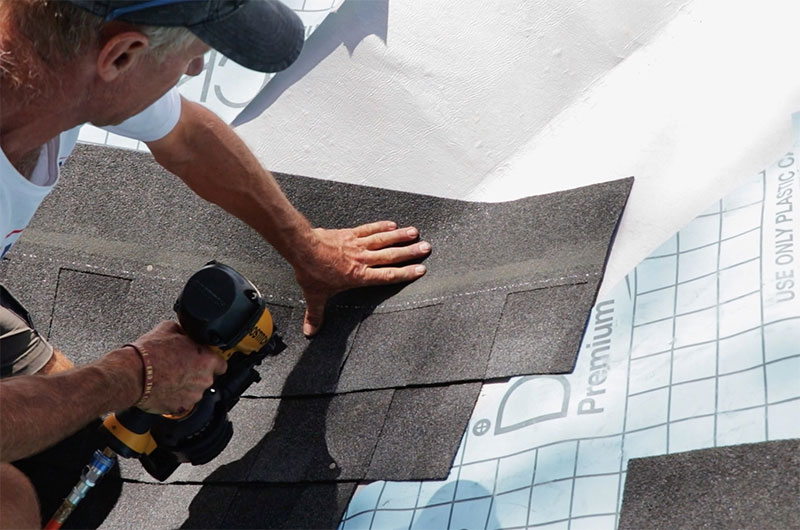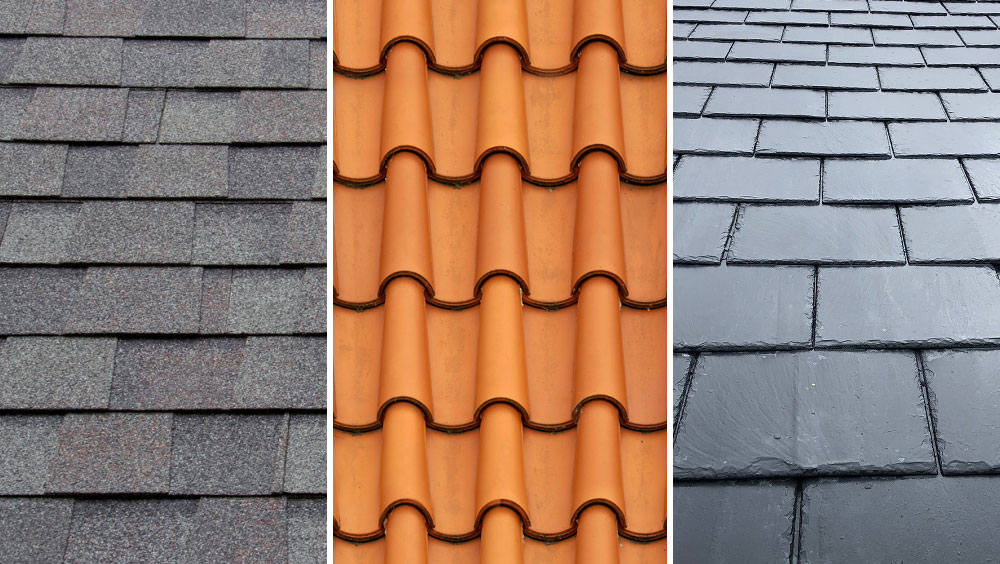A new roof isn't like hanging a shelf. It takes budgeting, skill, and planning. Roofing materials are a big investment and taking the time to install one comes with dangers. We're here to help you do a little research before you buy slate or lumber and start swinging a hammer.
Heights, Weather, and Elbow Grease

Installing a new roof means you'll need to be comfortable climbing a ladder with heavy materials in tow. It takes a few weeks to complete a new roof installation and requires mobility and endurance. Not to mention that the weather could take a turn for the worse. Do you want to be outside in the blistering sun or on the roof during a windy afternoon?
Whether it is clay tiles, shingles, or slate you're going to have to get those awkward, dense items up to where you're working! Honestly evaluate your physical stamina for this job because it's hard, expensive, and kind of dangerous.
Roofing Possibilities

There are roofing material manufacturers who will place the slate or tiles on the work area. However, it's imperative to there aren't more than a single or double layer of materials already on the roof. Adding layers of shingles to existing ones places too much stress on your roof and can create big trouble for you in the future. Roofing materials are sold in 100 square feet increments. For example, a 2000-foot, two-story home will need approximately 2610 squares of building materials you'll need twice as much for a single-story roof.
Asphalt shingles are the most commonly used roofing material in the United States. A layer of fiberglass separates two sections of asphalt with small stones on top to deflect the negative effects of the sun. Wooden shingles are beautiful but catch fire easily. These materials are more slender than their asphalt counterparts and usually have long warranties. Metal roofing is durable, protects against fire, and is affordable. Tiles are an excellent choice for dry, hot regions because they soak up the heat.
Final Thoughts

You've done some research and some accounting but you need to check with your local council about the laws regarding new construction projects. There are multiple tasks to review before you buy anything. Every city has got different regulations, that's why you need to contact the building inspector's office and ask for advice.
Learn how to properly lay shingles and tiles. You want your roof to be appealing, but you also want it to last and protect your home's interior. A top tip is to always start at the bottom of the roof and work upwards. Remember to always measure twice and seal the overlap tightly! A new roof is a big investment, do your due diligence.


